Polestar 4 — Electric SUV With No Rear Window: Features and Details
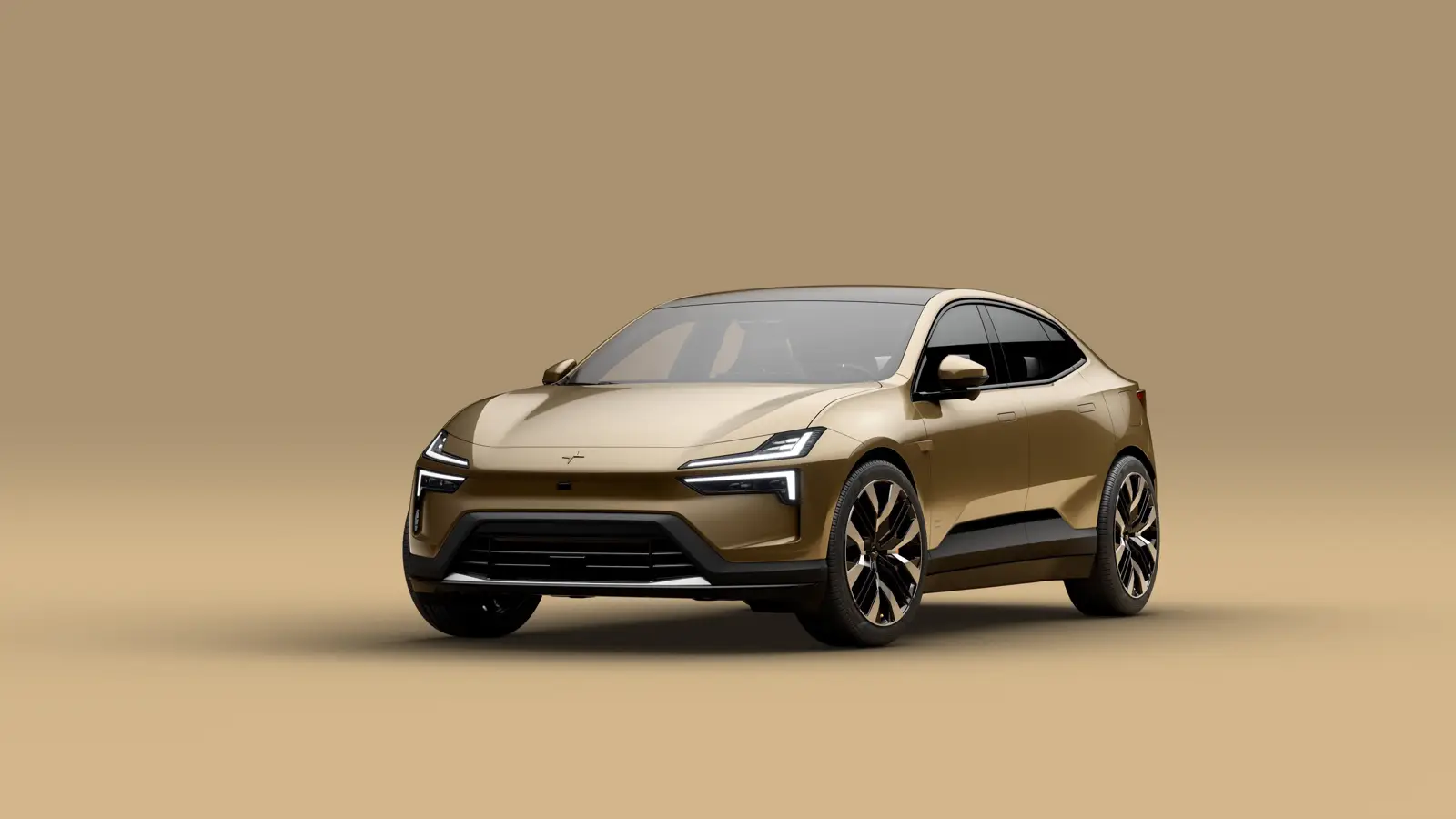
Discover the Polestar 4 electric SUV — no rear window, digital mirror, recycled interior and strong range. A daring alternative to Audi Q6 and Macan EV.
The Polestar 4 is an electric car that raises eyebrows for one reason above all: it has no rear window. The Swedish brand, born from Volvo’s and Geely’s joint ambitions, took a bold step by literally cutting off the classic view behind. Instead of a traditional mirror, the driver gets an HD display streaming live footage from a roof-mounted camera. On paper, it’s a wide, clear picture with no blind spots, even at night. In practice, though, judging distance on a flat screen takes getting used to.
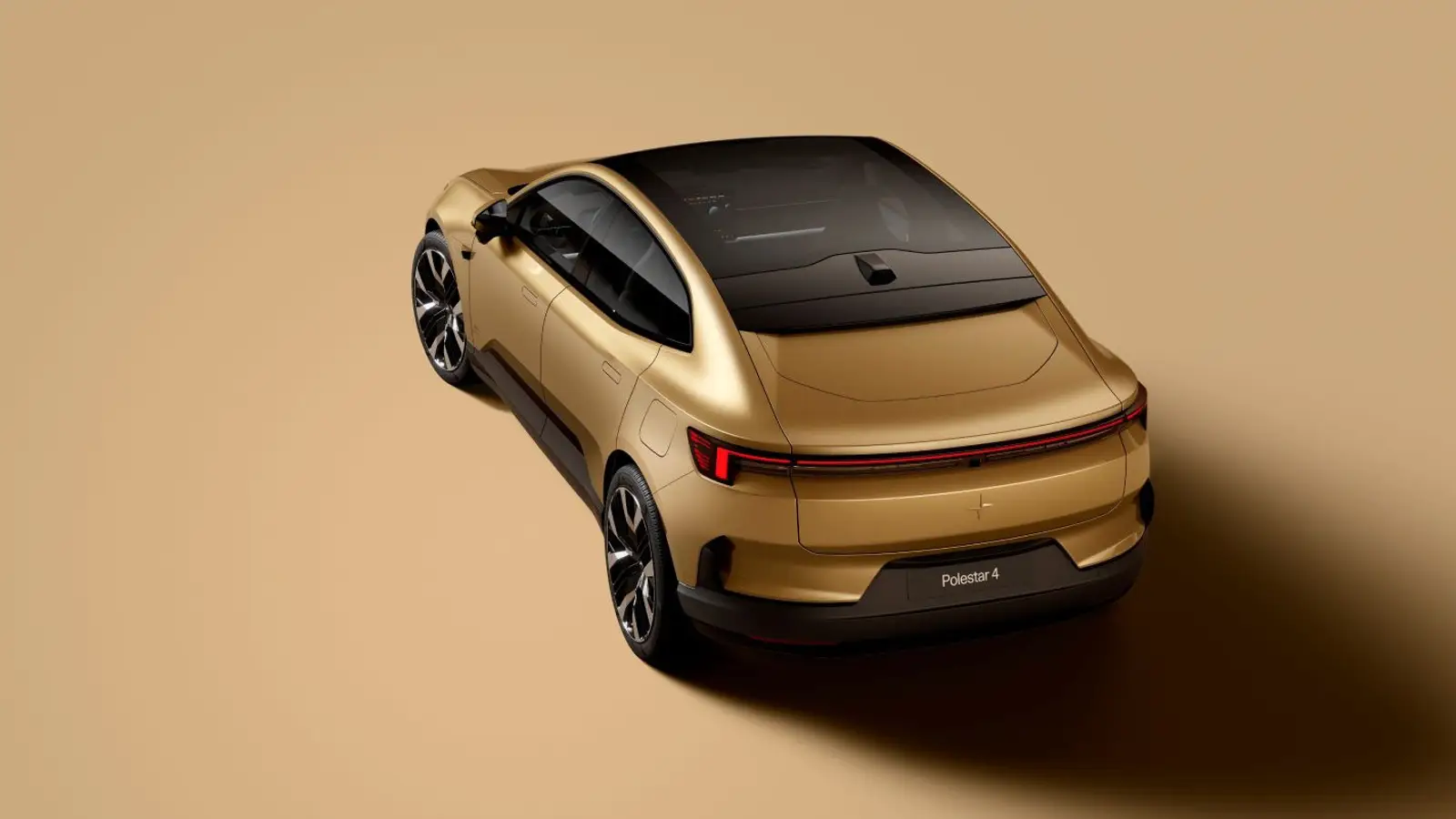
The missing glass has a purpose. By skipping the rear window, the designers unlocked extra space for passengers in the back. A sloping roofline and a big battery under the floor usually squeeze headroom, but here, clever packaging creates a surprisingly airy cabin. A vast sunroof and mood lighting — themed after planets in the Solar System — add to the cocoon-like feel.
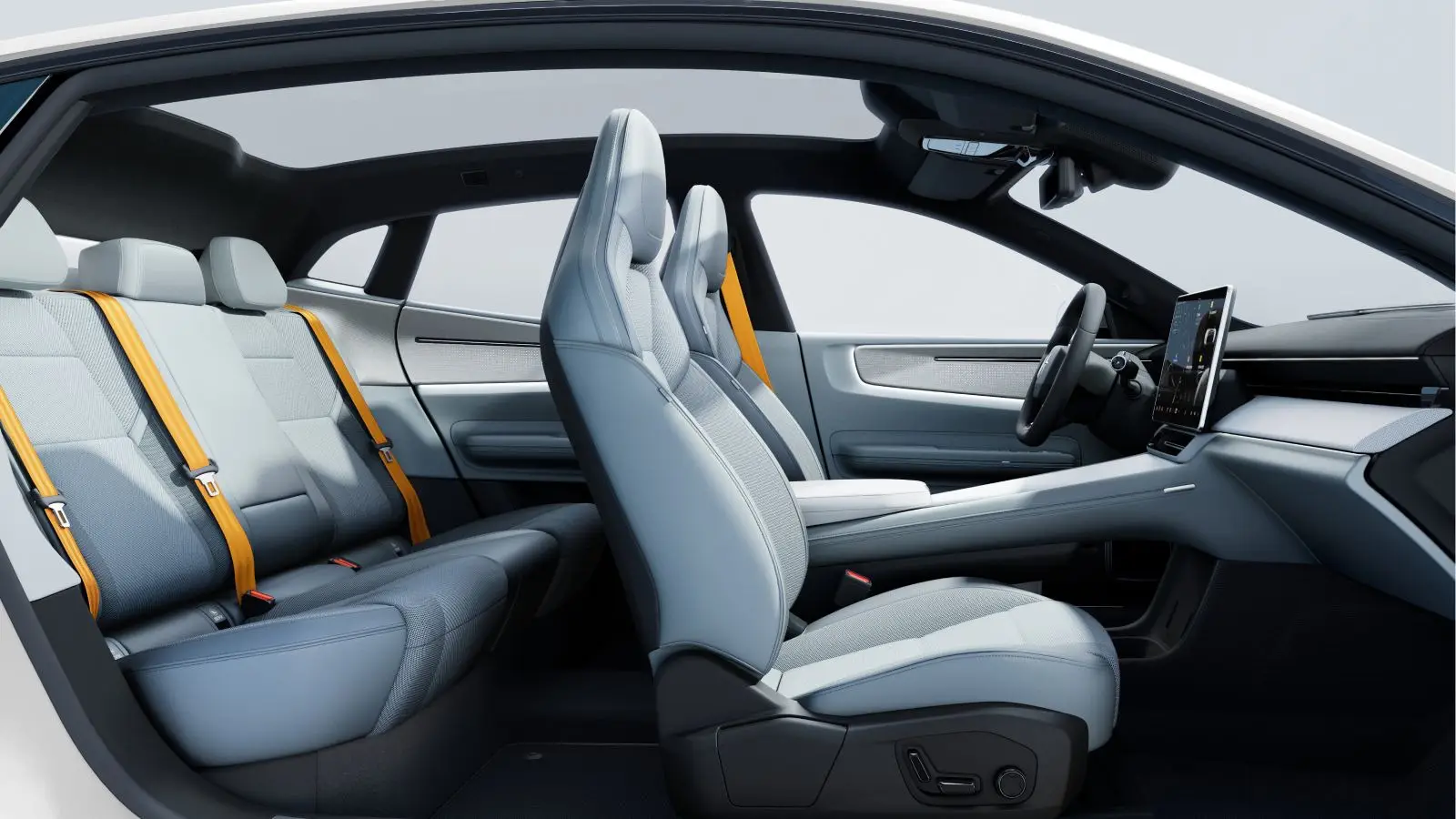
Inside, the Polestar 4 stands out. The seats are upholstered in fabric made from recycled PET, and interior panels follow a mono-material concept for easier recycling. The result is a soft, premium feel more like quality furniture than car trim. Rear passengers get their own climate controls and adjustable seatbacks, adding to the lounge vibe.
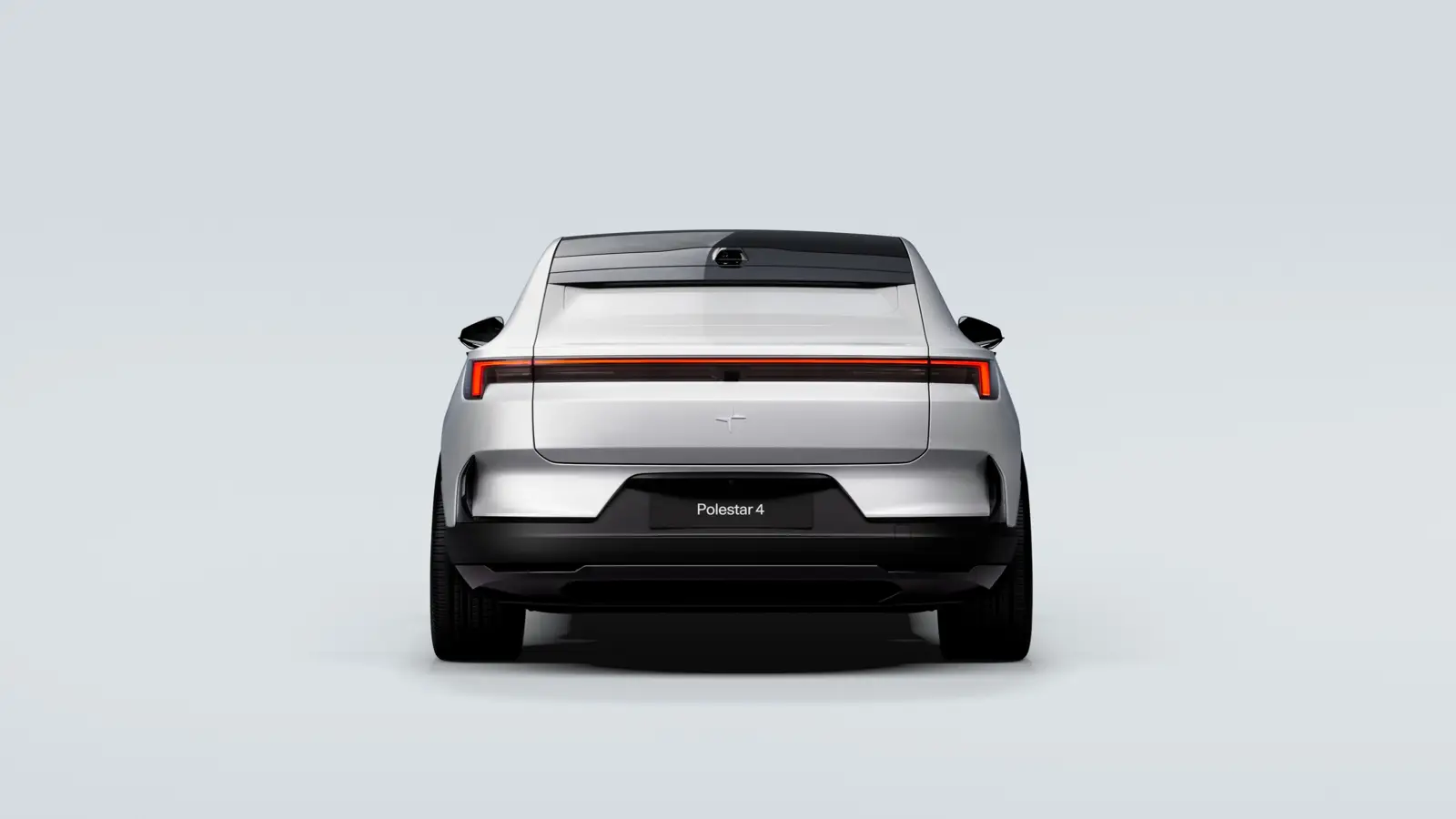
The heart of the dash is a huge 15.4-inch Android Automotive touchscreen, with Google Maps and voice assistant built in. Apple CarPlay is included too, but physical buttons are scarce — even adjusting mirrors and the steering wheel means digging into menus. For some, the touch-sensitive buttons on the steering wheel may test their patience, as they can be inconsistent in real-world use.
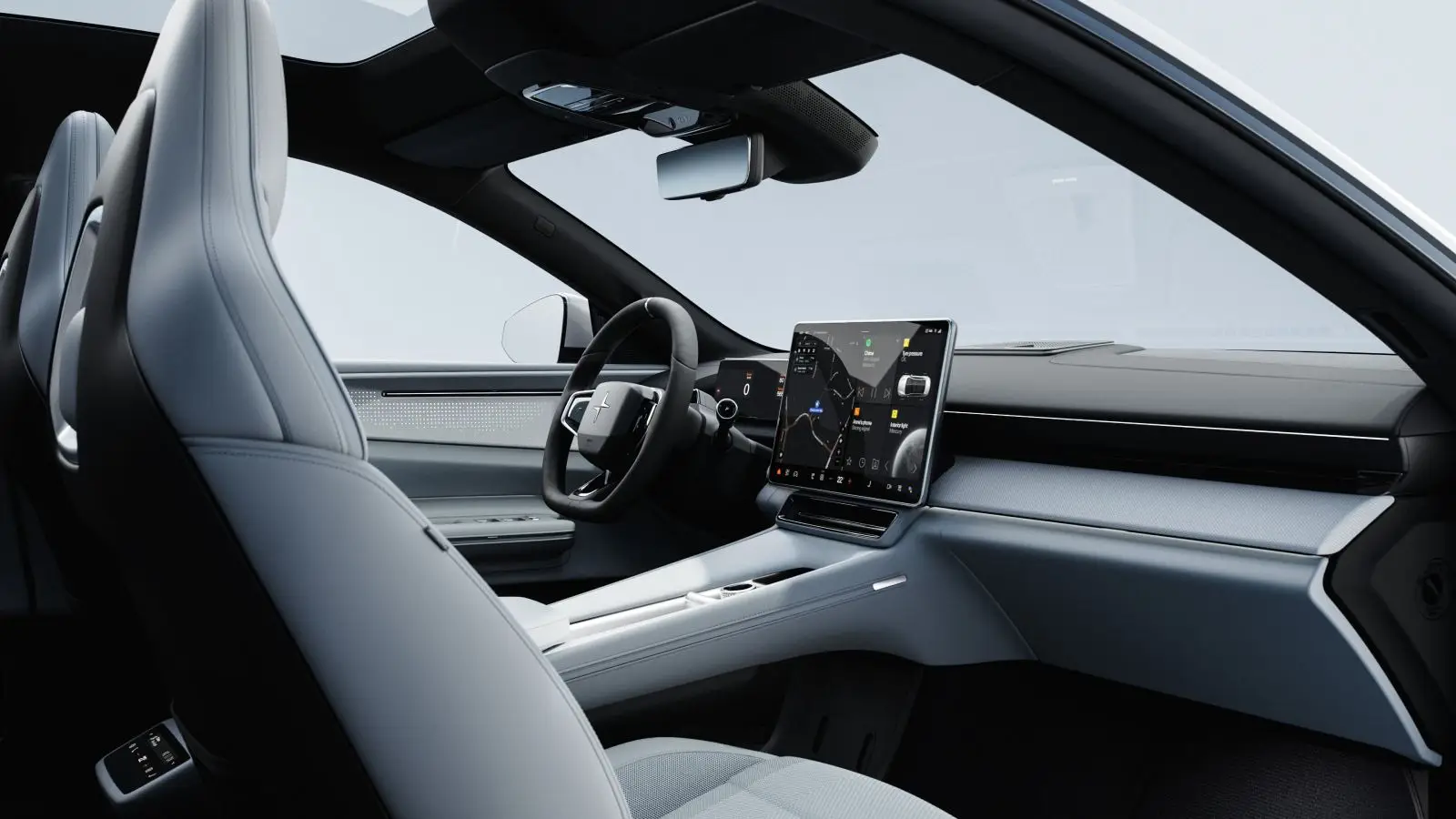
Elsewhere, the cabin is generously equipped: Harman Kardon audio, ambient lighting, wireless phone charging, smart storage and a practical 526-litre boot with an extra compartment for cables. There’s technically a frunk too, though you’ll be lucky to squeeze more than a burger in it.
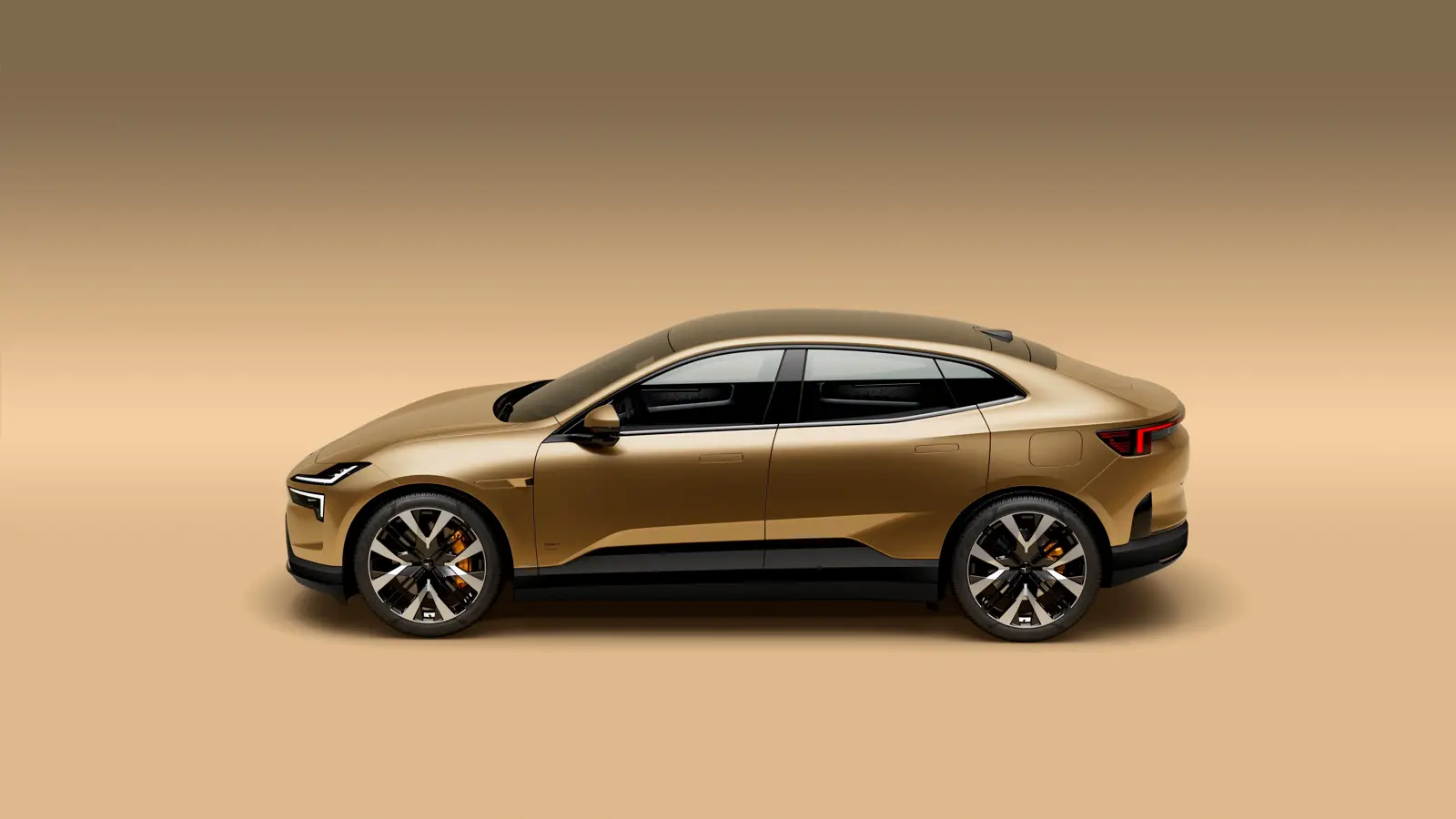
On the road, buyers can choose between a single-motor rear-wheel drive or a dual-motor all-wheel drive setup. The flagship version is Polestar’s fastest production car yet, hitting 0–100 km/h in 3.8 seconds — though sharp driving enthusiasts may find the steering less precise than a Porsche Macan EV. The base version does 0–100 km/h in 7.1 seconds, which is plenty for everyday life. Both versions use the same 100 kWh battery pack and promise around 500 kilometres of range, with a fast charge from 10% to 80% in about 30 minutes.
Clearly, Polestar aims the 4 at the likes of the Audi Q6 e-tron and Porsche Macan EV. With its daring design, digital mirror experiment and strong eco-focus, it’s an eye-catching rival in the premium electric SUV crowd. The big question is whether everyday drivers are ready to say goodbye to the familiar glass window behind them. But then again, someone has to take the leap first.
Ethan Rowden
2025, Jul 01 18:01


